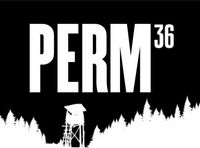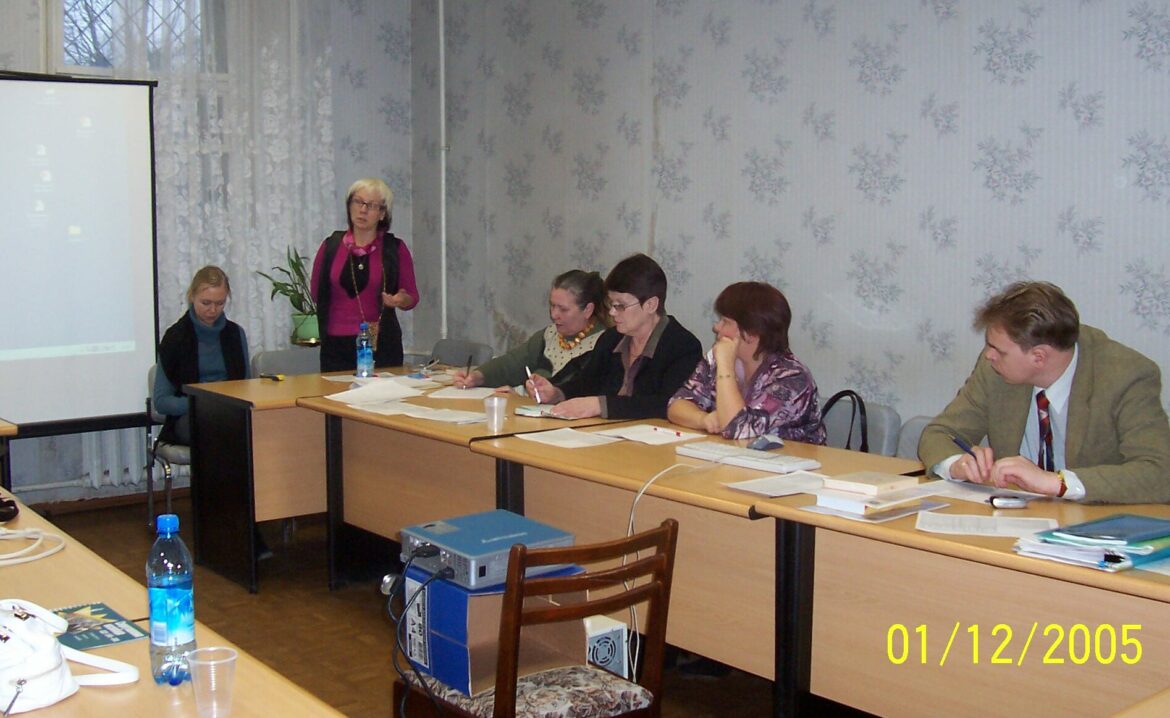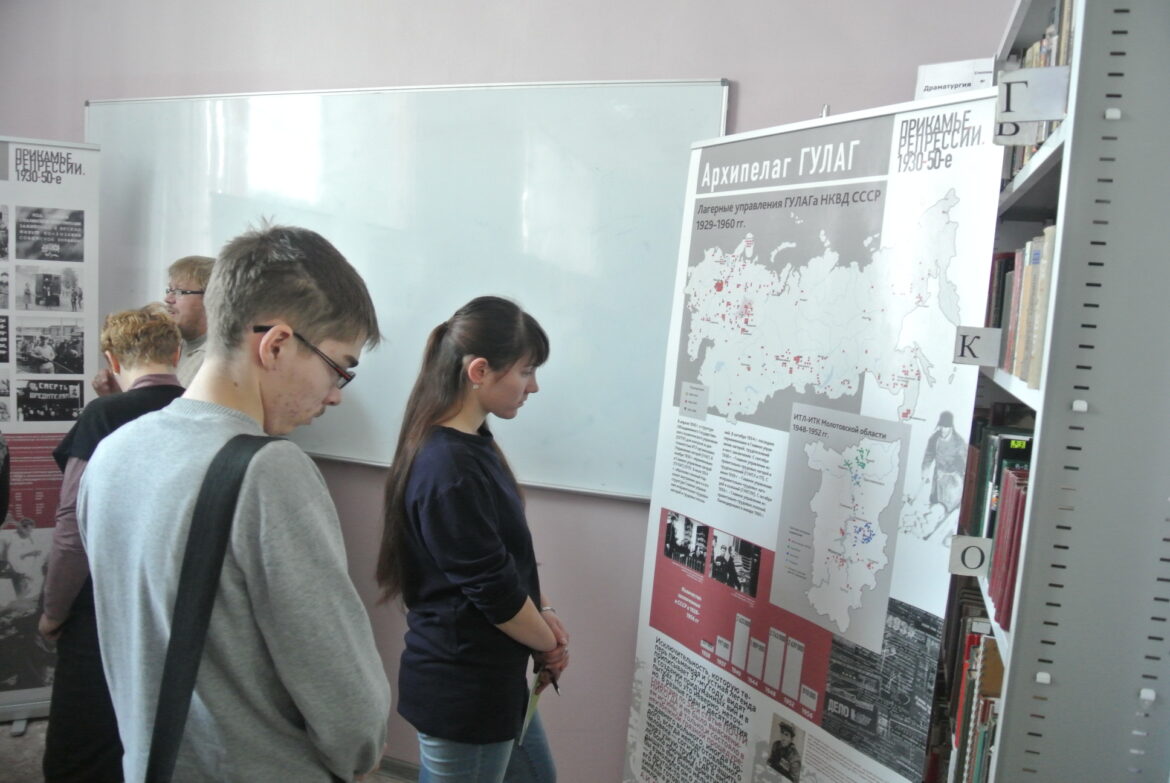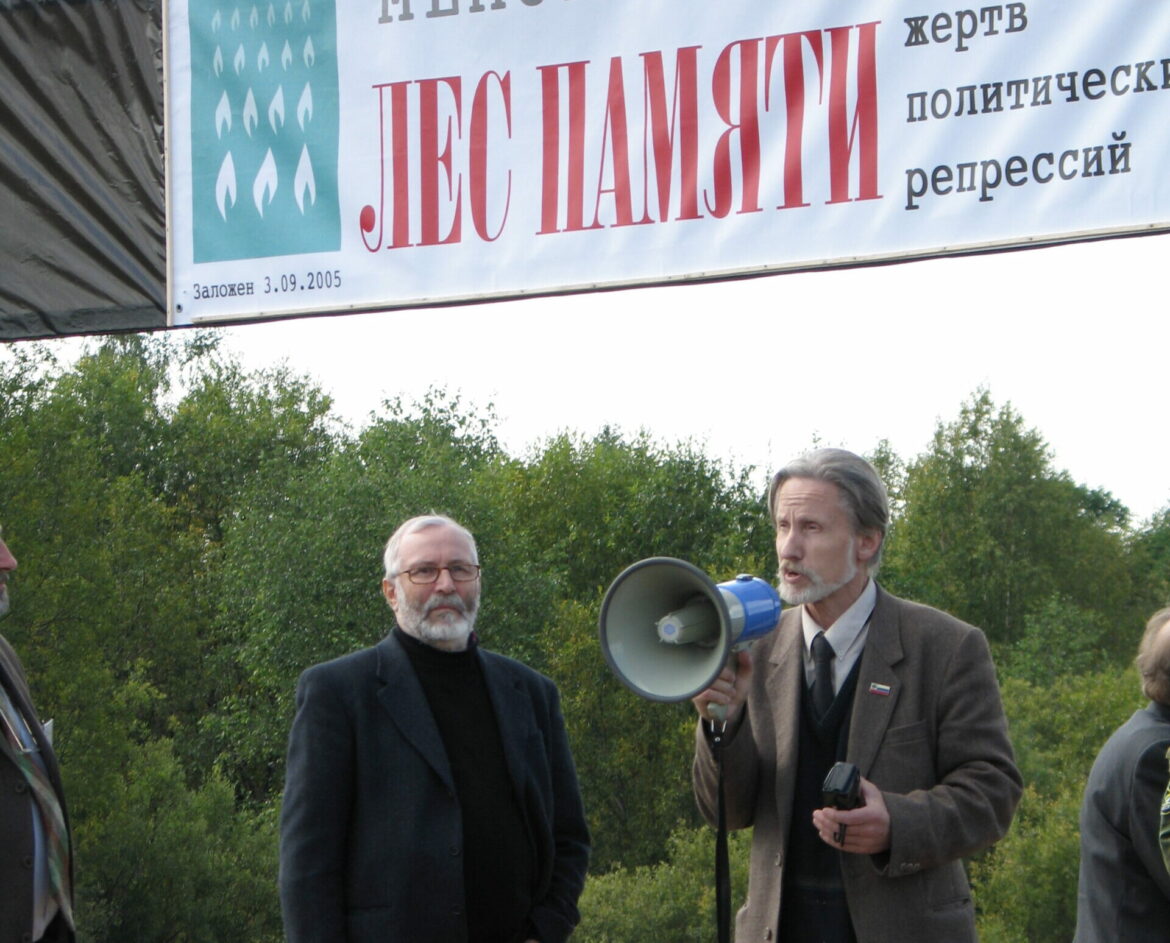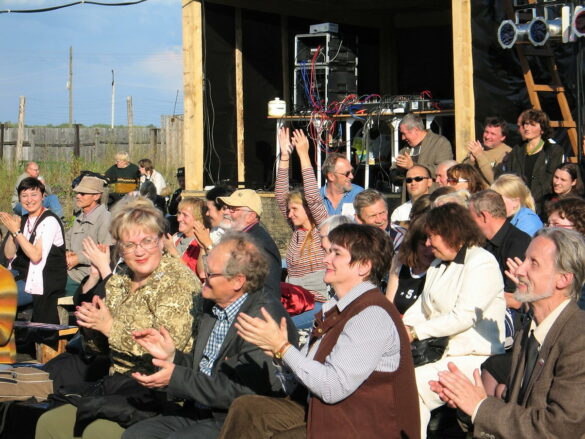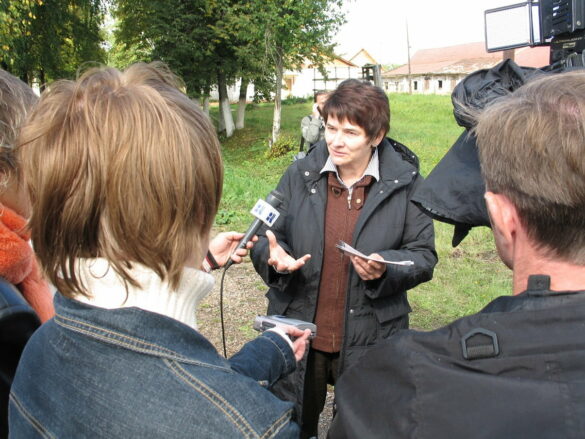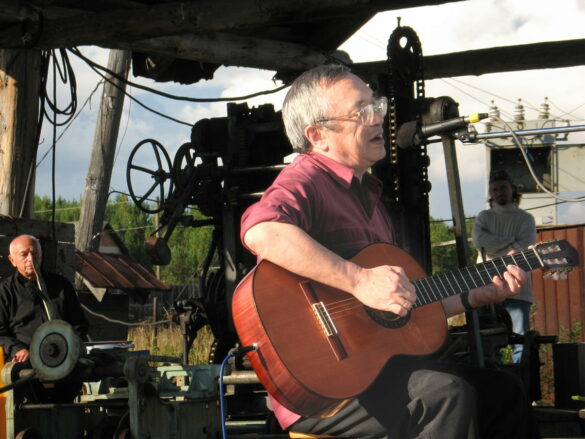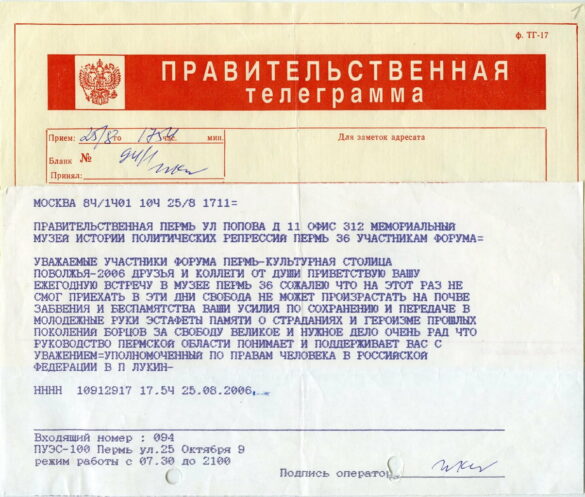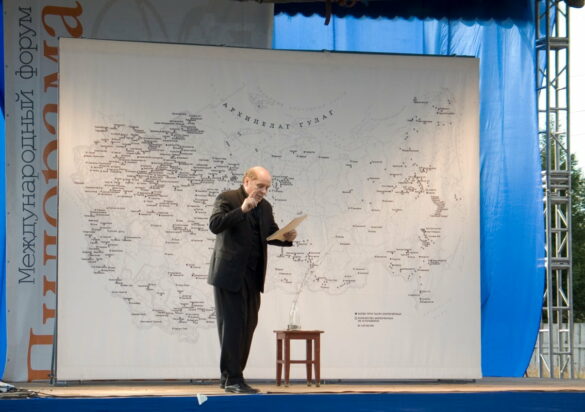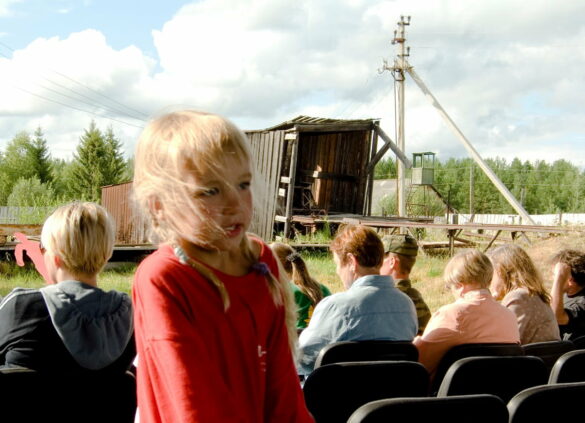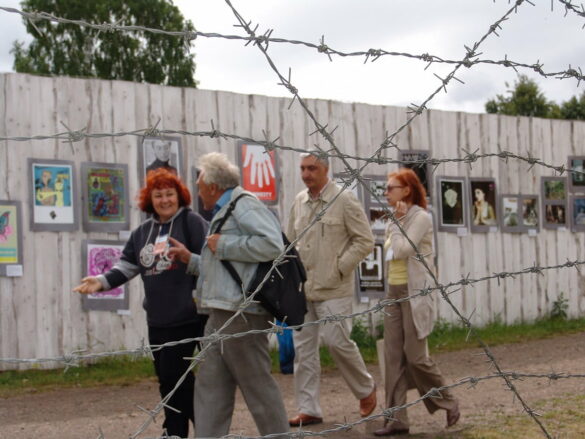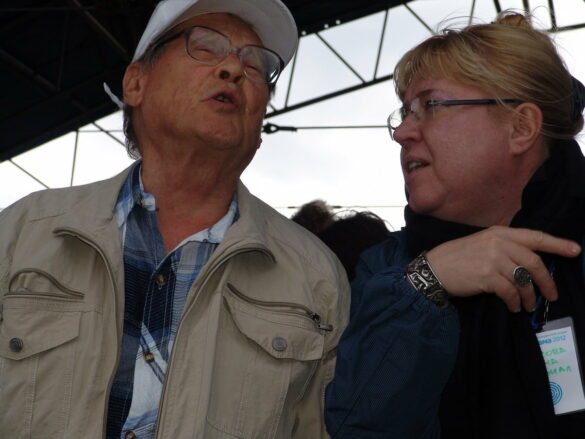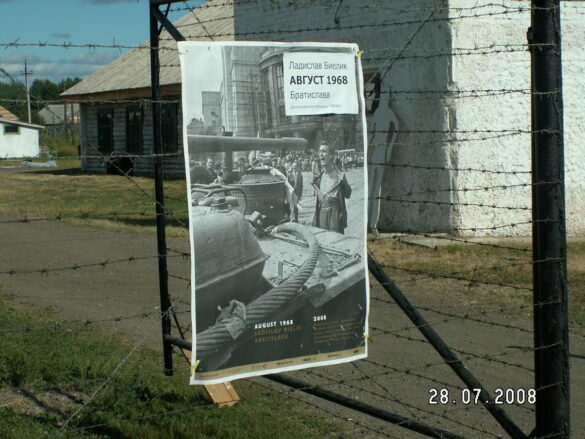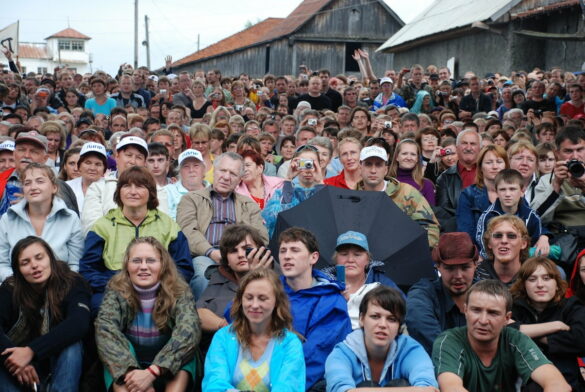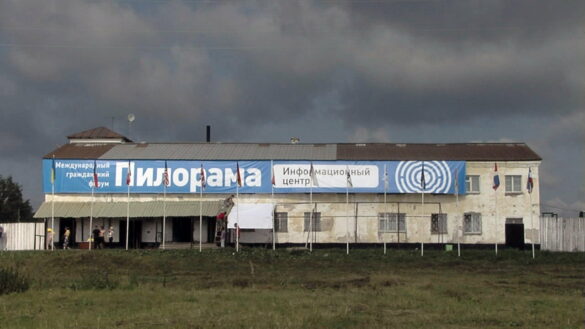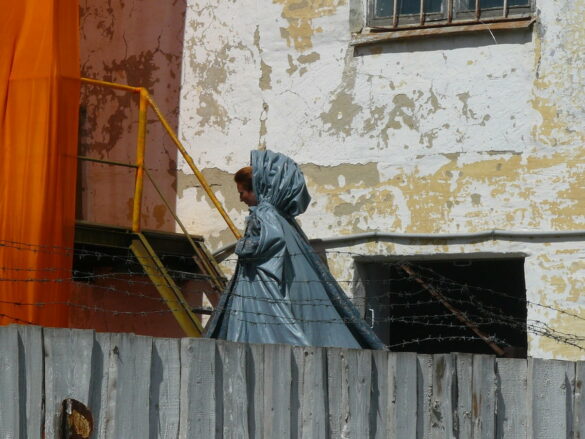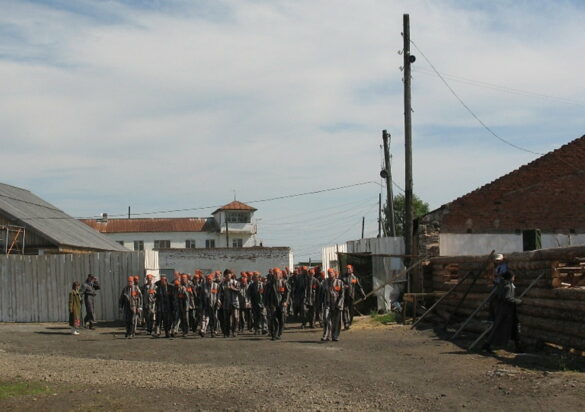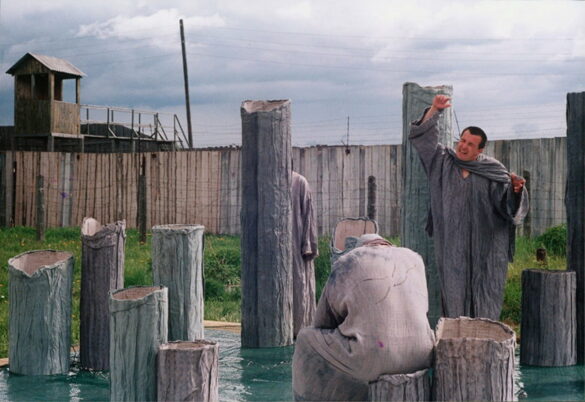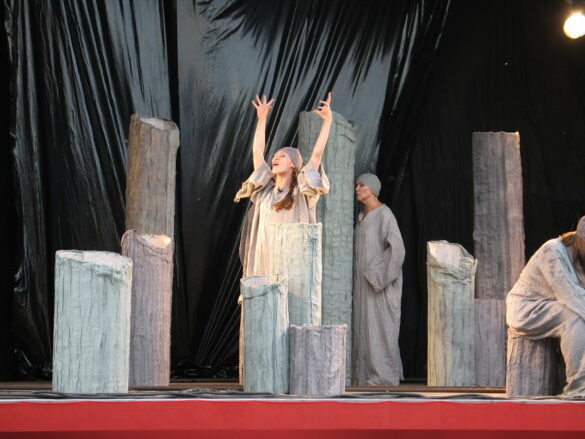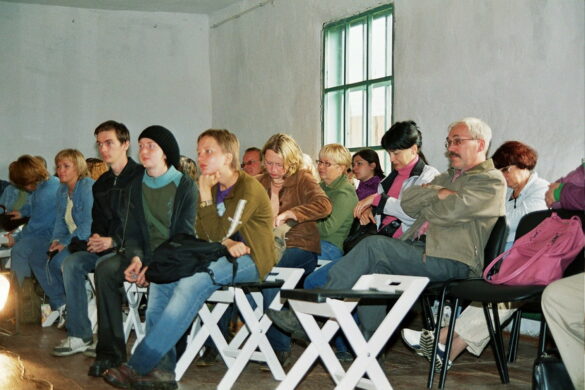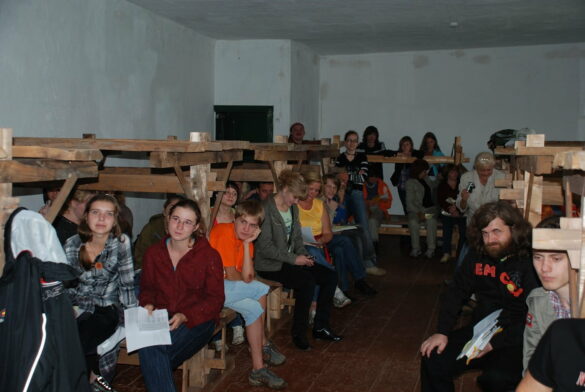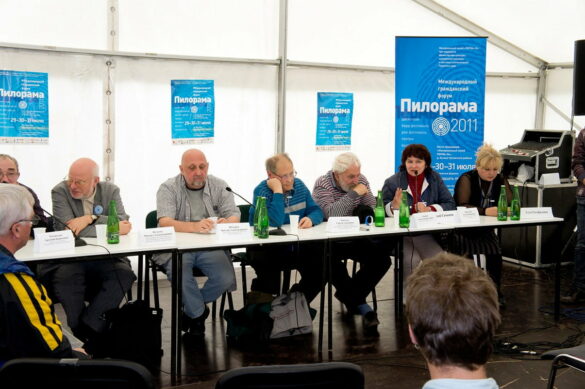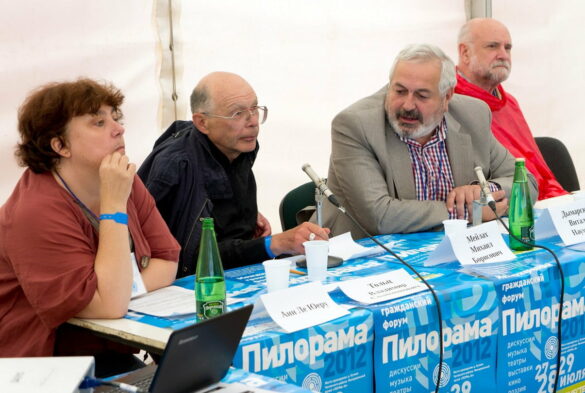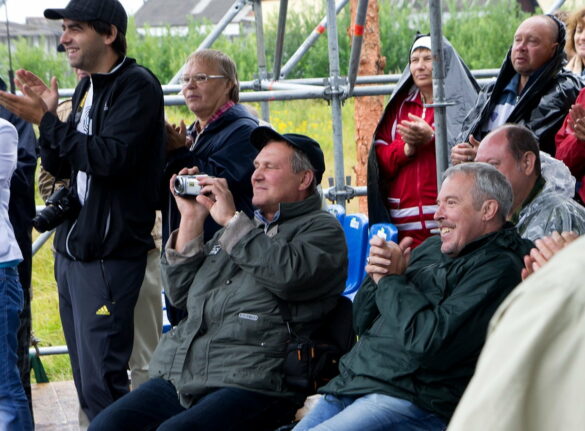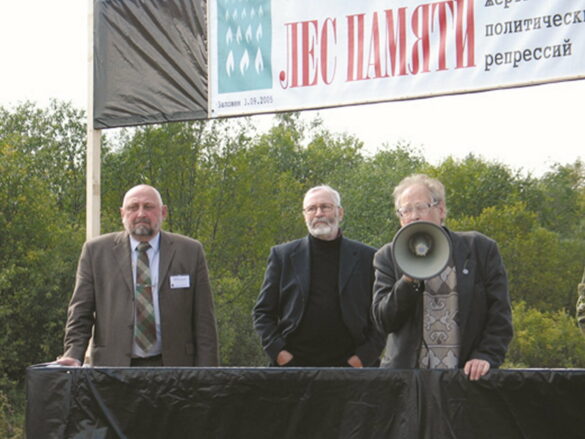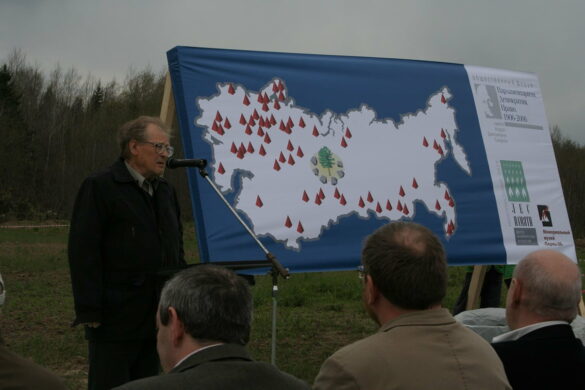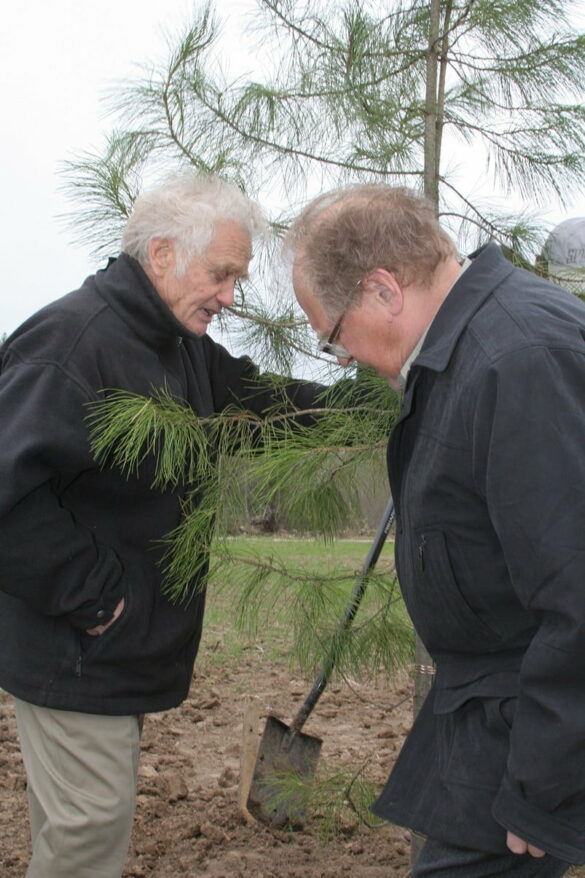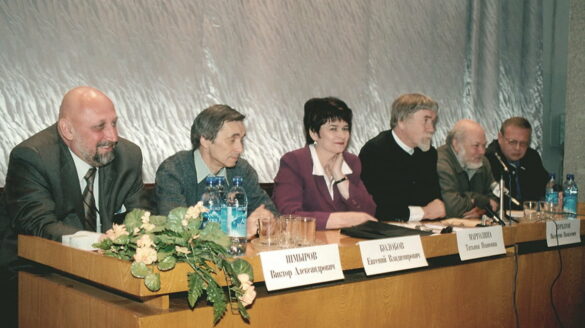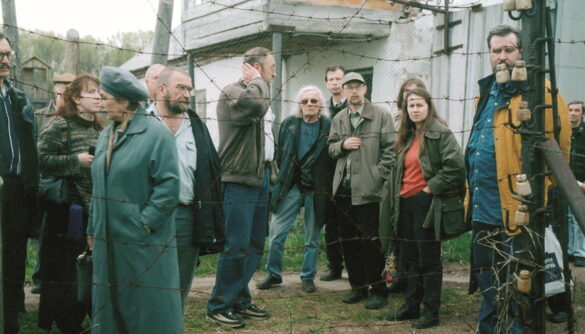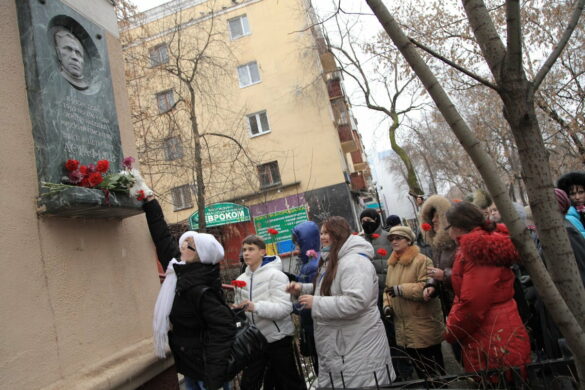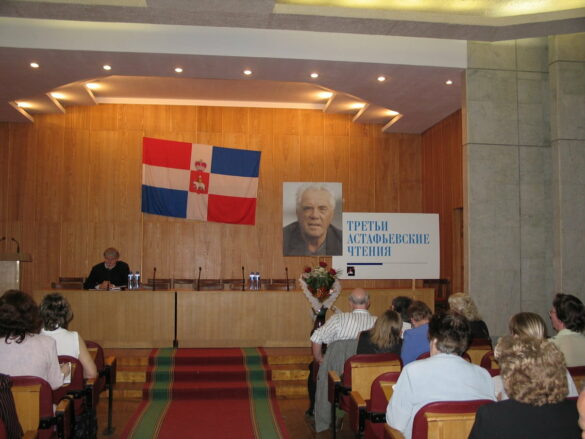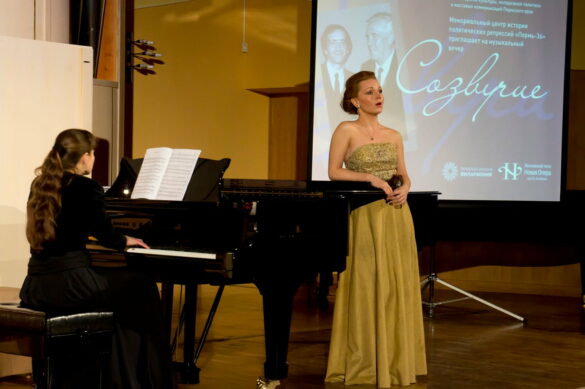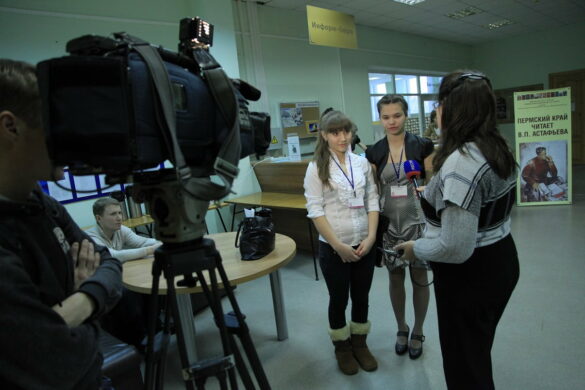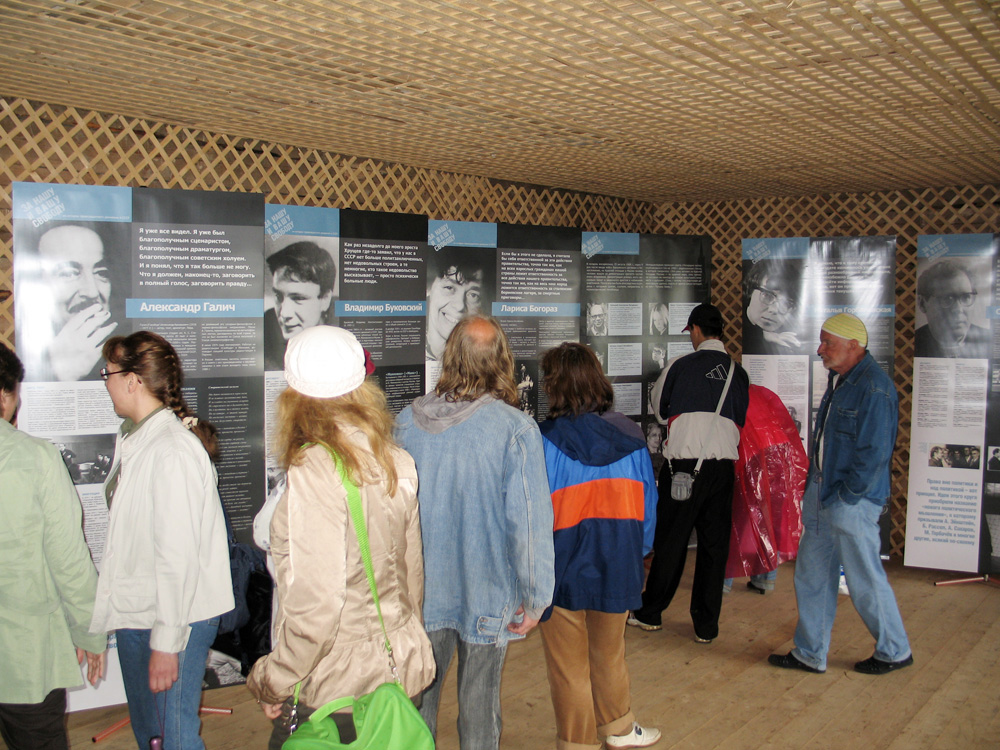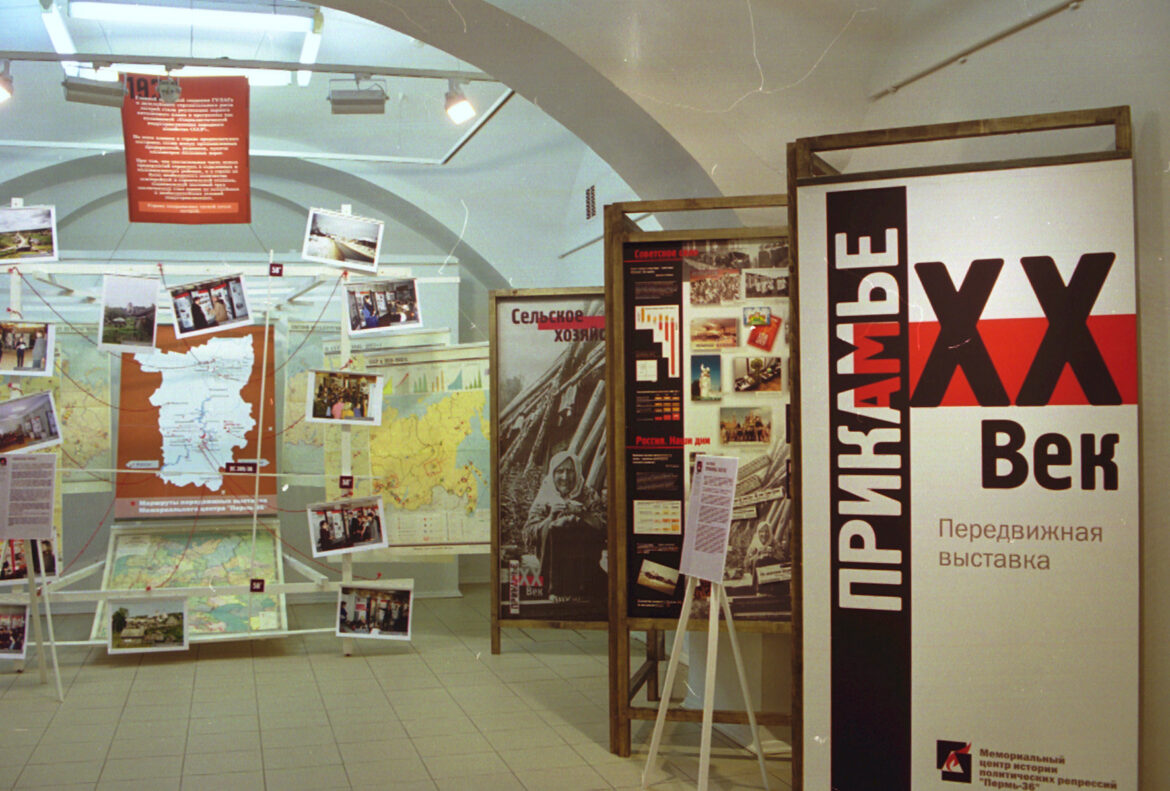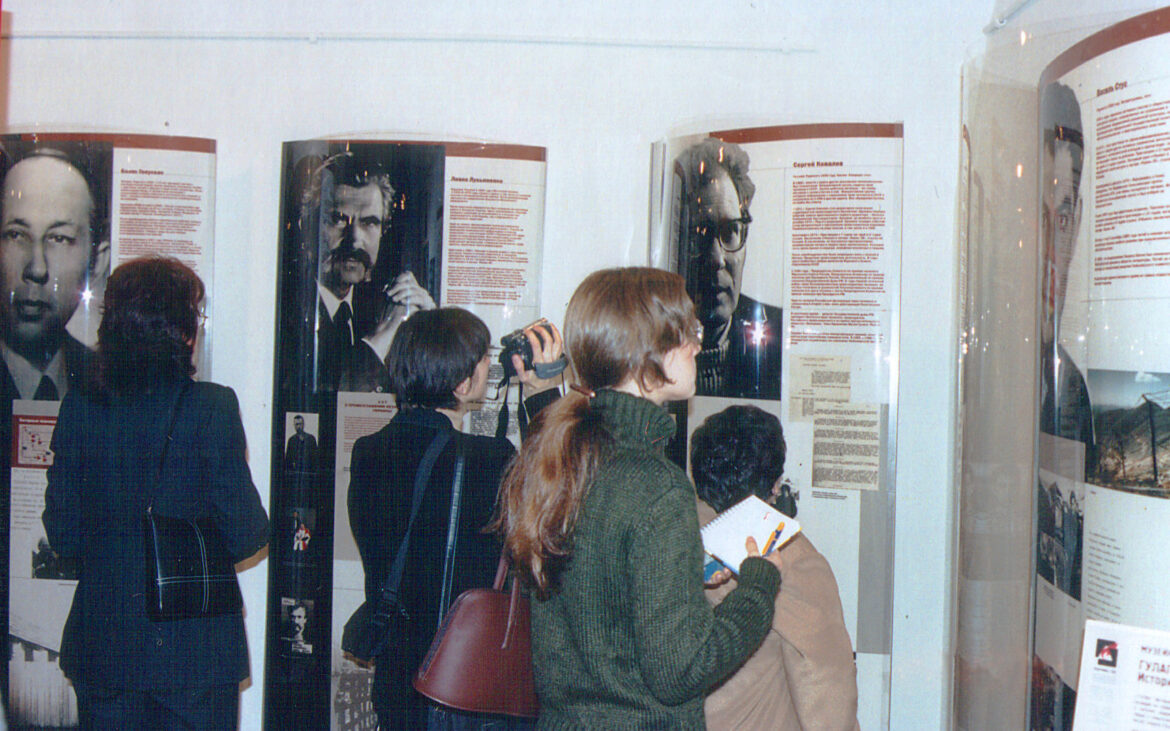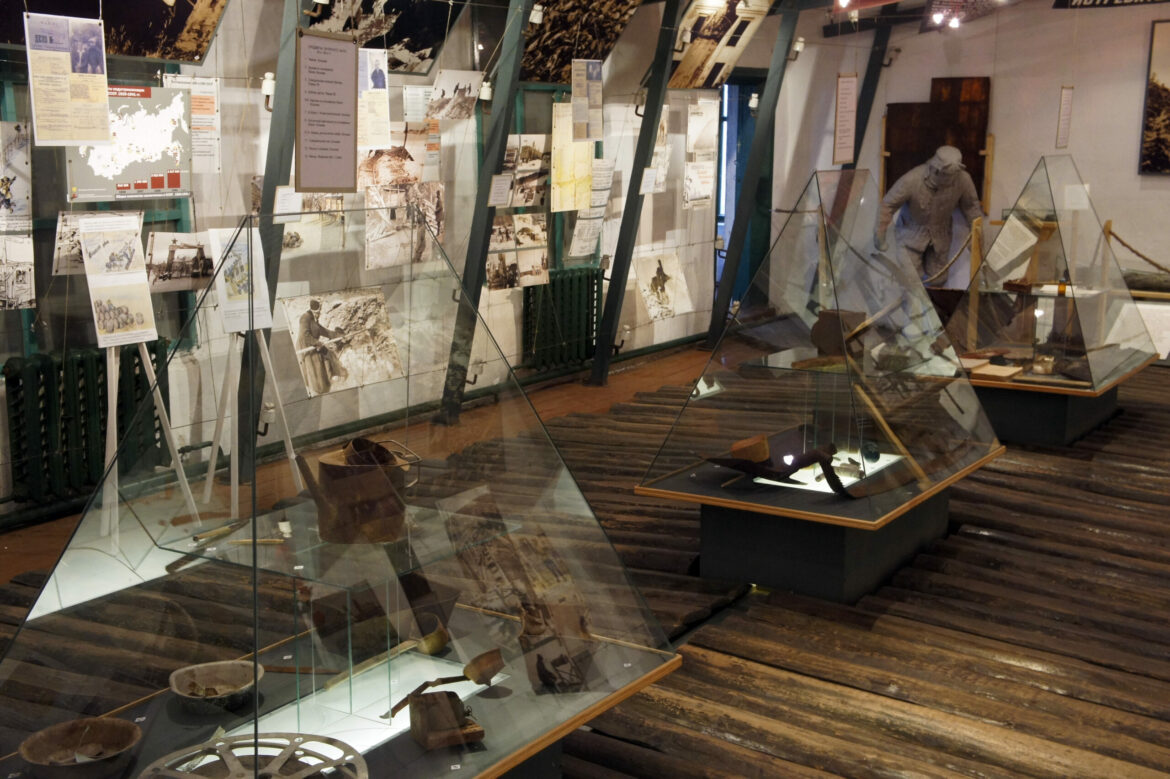The ‘History of Totalitarianism’ professional skills contest among teachers of history stemmed from the early practice of tutorial workshops for humanitarian teachers. The contest was held by the museum, Perm Regional Institute of Further Training of Educators and the Institute of Continuous Education for Perm National Research University.
In the course of the tutorial workshops, declared contestants developed auteur lessons and guidelines thereto and implemented these in their own practice under guidance of specialists from the Institute of Further Training and the Institute of Continuous Education. Auteur demo lessons were attended by specialists from these institutes, no matter how far the schools were from Perm. All demo lessons were captured on videos which were then viewed by the contest jury.
The contest winners received formal awards which were taken into consideration when classifying the teachers, and their developments recommended to participants of future workshops.
HISTORY OF THE MUSEUM
The ‘Lessons of History in the GULAG Museum’ project began soon after the museum was formally opened, by the research staff of Perm-36 Memorial Center taking documents and materials from the museum’s holdings to high schools and colleges in the region’s cities. It made grade when first the mobile exhibition service and established, then the showroom.
Next, the museum and the Institute of Continuous Education for Perm National Research University developed programs of workshops for teachers of history which involved leading specialists: teachers and historians both from Perm Territory and from Russia, including text-writers. The museum partnered with the Faculty of Philosophy of the University of Jena (FRG) which had wide similar experience of working with schools, the faculty’s staff and postgraduate students participating in the workshops on a regular basis.
Later on, the museum developed elective course on individual topics of Russian history, and published students’ learning aids and teachers’ guidelines.
The mobile exhibition service of Perm-36 Memorial Museum had several mobile thematic exhibitions, audiovisual equipment sets, collections of newsreels, documentaries, docudramas and slideshows on the XX-cent. Russian history.
The museum staff went out on regular expeditions, traveling all over Perm Territory and reaching the remotest villages where there had been no cultural activity for many years.
They rolled out two or three exhibitions in village clubs and high schools, gave excursions around the exhibitions, held classes on the ‘Lessons of History in the GULAG Museum’, discussions and outreach meetings, displayed slideshows and films, lectured while also interviewing in the course of the ‘Oral History’ program, collecting materials and exhibits.
The expeditions involved the lawyers from the Regional Board of Rehabilitation of Victims of Illegal Political Repression who gave advice to repression victims and their relatives.
‘The mobile exhibition service’ photo gallery
AN uncompleted project of Perm-36 Memorial Center of History of Political repression ANPO
The ‘Memorial and the Forest of Memory of Victims of Political Repression’ project
AN uncompleted project of Perm-36 Memorial Center of History of Political repression ANPO
The Memorial of Victims of Political Repression was to be a four-hectare outdoor range map of USSR situated between the high-security division and the maximum-security division of the former Perm-36 camp, including commemorative tokens in the sites of the more than 400 GULAG camps. GULAG camps were technically not individual camp sites, camp divisions, separate camp facilities, and ‘stints’ but agglomerations thereof which often included tens of camp sites which came to be known as camps or correctional facilities in the 1960s through 1980s, as well as political camp sites of the 1960s through 1980s.
The map was to be bordered by shrubbery, the camp sites marked with stones brought from actual camp administration sites and engraved with information including the camp name, the prisoner number, and the number of those who died while imprisoned. The center of the Memorial was to be marked with a bell as a monument of the victims of political repression in USSR near which commemorative rites of the country’s major denominations could be held. One of the project consultants who offered the most interesting and practicable solutions for the commemorative stones and the central monument was Ernst Neizvestny, a sculptor.
The Memorial of Victims of Political Repression was to form the center, with alleys of the Forest of Memory of Victims of Political Repression lined with trees planted to commemorate individual victims of political repression fanning out from it. The Memorial Park was referred to as a ‘Forest’ because of the vast number of victims of political repression who would have been personified by commemorative trees.
A tree could have been planted in the commemorative forest to commemorate anyone whose death resulted from political repression in USSR: who was shot, died in a camp or in exile, gone missing in the Bolshevist bloodbath, irrespectively of the region where the repression occurred, or of there the victim died or was gone missing.
The first alley of the Forest of Memory of Victims of Political Repression, the Alley of Mourning was laid on September 3rd, 2005, on the tenth anniversary of Perm-36 Memorial Museum of History of Political Repression.
The site of the target Memorial of Victims of Political Repression was cleared of forest and willow thickets, and landscaped after the reclamation by participants of Ural-Service labor camps and volunteer camps of the Perm Memorial. This area was to be laid down with lawn grass in 2014 and seeds had already been purchased to that end but the new authorities put an end to this project by taking over the museum during that year. The landscaped site got covered with wild shrub and willows again.
Perm-36 Memorial Museum developed its first program shortly after it was formally opened. Right after the first excursions for senior pupils, it became clear that even the best pupils in the best schools have extremely sparse knowledge of the governmental terror, political repression and GULAG. The museum therefore designed a special excursion series for pupils, and made a practice of the museum staff making systematic trips to schools of the region which were further on transformed into a permanent mobile exhibition service.
In 1999, a showroom was equipped in the museum where classes for pupils and tutorial workshops for teachers on the ‘Lessons of History in the GULAG Museum’ program were held. The methodological workshop in XX-cent. Russian history developed by the museum was held first on the premises of Perm Regional Institute of Further Training of Educators, then, when the museum managed equip classrooms and boarding rooms for learners on its own premises, right in the museum. At the same time, the School of Museology got into action as well as recurring workshops on history for humanitarian teachers which evolved into the School of Historians.
Projects such as the Civil Readings in Memory of V.P. Astafyev, the Pilorama International Civil Forum, ‘The World Classics in National Sites of Commemoration’, ‘The Art Residence’, et alias were targeted to the broader audience of the museum.
The ‘Vishlag: The Vishera Correctional Camp (1925 through 1934)’ fixed exhibition was an exhibitional project by the School of Museology affiliated with Perm-36 Memorial Museum, it also involved I.F. Konovalov Berezniki Museum of Local History, Solikamsk Local Lore Museum, A.S. Pushkin Cherdyn Local Lore Museum, Krasnovishersk Local Lore Museum, the museum of Azot concern (Berezniki).
The exhibition is dedicated to establishment and history of the first Soviet correctional camp in today’s Perm Territory, the Vishera camp division of Solovki Special Camp (SLON) which was converted to Vishera Special Camp (VISHLON) in 1929, and to Vishera Correctional Camp (Vishera CF of VISHLAG) in 1930. The exhibitional booths described rollout of thee GULAG system and camp super-exploitation of the prisoners.
It was presented at the Sawmill International Civil Forum of Perm-36 Memorial Museum in 2012. The project provided for thematic exhibitions on history of VISHLAG divisions in museums of Krasnovishersk, Cherdyn, Solikamsk, Berezniki and Krasnokamsk in 2013 through 2014 but subsequent takeover of Perm-36 Memorial Museum ruined these plans.
Presentation of the ‘Vishlag: Vishera Correctional Camp (1925 through 1934)’ exhibition
Vishera Correctional Camp
‘For Your and Our Freedom!’ was a jubilee both mobile exhibition dedicated to the 40th anniversary of human rights movement in USSR, it was presented in 2008. Over a number of years, it was displayed at various sites in Perm and other cities of Perm Territory.
The ‘For Your and Our Freedom!’ exhibition
The ‘Lessons of History in the GULAG Museum’ thematic exhibition was prepared by Yuri Reshetnikov on proposal from the State Central Museum of Contemporary History of Russia (the former Museum of the Revolution), and displayed in three halls of the museum’s main building (ul. Tverskaya 21, Moscow) in August, 2003 though September, 2003. The exhibition of dedicated to educational experience of Perm-36 Memorial Museum. The exhibition comprised workshops for methodological associations of Moscow teachers of history.
Photo of the exhibition
The ‘GULAG. The History of One Camp’ booth exhibition was set up in 2003 on proposals from the RF State Duma and the US Congress in Russian and in English. It was dedicated to Perm-36 camp, and comprised not only information on the main stages of its history but also personal booths dedicated to certain prisoners. The exhibition was presented in English in the Senate building of the US Congress, Russian-language presentation of the exhibition in the RF State Duma was cancelled because of the protests from CPRF and displayed as a part of ‘Lessons of History in the GULAG Museum’, a combined exhibition by Perm-Memorial Museum in the State Central Museum of Contemporary History of Russia (the former Museum of the Revolution) in Tverskoy Avenue, Moscow.
Apart from the Russian-language and the English-language versions, the exhibition has been, over the years, prepared in Italian, in French and in Lithuanian and displayed in Midwest US colleges, Northern Italian universities, in Lithuanian and French cities and museums.
The ‘GULAG: History, Labor, and Everyday Life’ exhibit was constructed in 2003 by Yuri Reshetnikov as a full-scale mockup of a fragment of the museum’s master exhibit, and temporarily accommodated in the living hut of the low-security area of the former Perm-36 camp. It is based on the materials the museum staff had collected in archives and during field expeditions. It is being displayed up to the present.
The master exhibit on the same topic and in the same stylistics was to be constructed in a separate, purpose-built building in 2014 through 2016 involving Ralph Appelbaum Associates Incorporated, one of the world’s best-known museum design studios which created over two hundred museums and museum exhibits across the world, including museums such as the Holocaust Museum, the National Immigration Museum and the National US Constitution Museum, the Hiroshima Peace Museum, the Memorial Prison Museum in Robin Island (RSA), to name a few.
